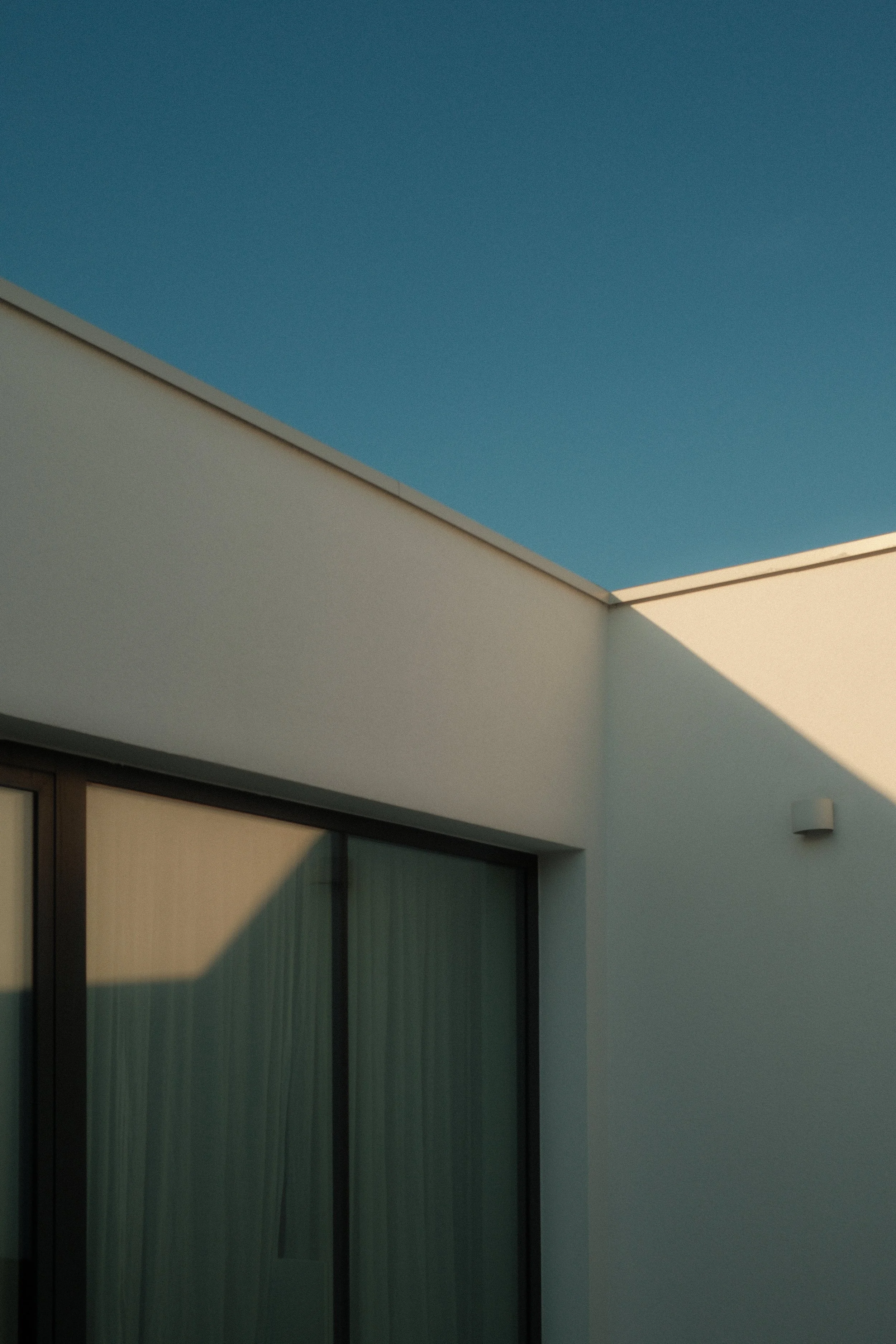From Architecture to Entrepreneurship: How I Built a Career from Transferable Skills (Sofia’s Story)
I feel stuck in my career. Is it really possible to switch paths completely? Yes. I did it myself. I went from architecture to branding and entrepreneurship — and I didn’t do it by starting over. I did it by recognising the transferable skills I already had and applying them to something new.
How did the career change start?
Like many graduates, I began in the field I studied: architecture. It was creative and challenging, but over time I realised I wanted more freedom and impact. Deep down, I wanted to run my own business — but I didn’t yet know what that would look like.
So I made the first leap: I moved from Lisbon to London and started exploring new paths. From a career change accelerator to roles in sales, marketing, and social enterprises, I slowly built skills that went beyond design — skills in business, communication, and strategy.
Then came the turning point: during the second lockdown, burned out from sales and craving creativity again, I finally connected the dots. I could combine my love of design with the business and strategy knowledge I had gained. That’s when Vago Designs (my first studio) was born.
What skills actually transferred into entrepreneurship?
Here’s what carried over from my past careers:
Architecture → design software, project management, minimalistic visual approach, critical thinking, problem-solving.
Advertising & Marketing → storytelling, campaign design, data analysis, creative content production.
Sales → client communication, pipelines, negotiation, understanding audience needs.
Put together, these became the perfect foundation for brand strategy and design.
What skills does a brand strategist and designer need?
To build a career in branding, you need to blend creativity with strategy. Core skills include:
Creative & visual design skills.
Communication & storytelling.
Strategic thinking.
Research & analysis.
Project management.
Adaptability.
How can I find my own transferable skills?
Try this quick exercise:
Make three columns. Left = all past jobs. Middle = skills you used. Right = career ideas.
List everything, even small skills like “good at presentations” or “calm under pressure.”
Ask others. Reach out to colleagues or friends and ask what 3 things you’re great at.
Match skills to careers. See what overlaps — and research industries where those skills matter.
This method was a game-changer for me. It helped me see myself beyond a single career label.
What if I’m still unsure about a career pivot?
I’ve been there. I spoke with mentors, reflected deeply, and even stumbled upon the right online course at the right time. Career changes rarely happen in one clear step — they’re often a series of leaps, experiments, and realisations.
The key is this: don’t underestimate the skills you already have. They’re not wasted. They’re your building blocks for the next chapter.
Last thoughts
Career change is rarely linear. You might face doubts, imposter syndrome, or setbacks. But your varied experiences are your advantage. They allow you to pivot, reinvent yourself, and create a business or career path that feels true to you.
If you’re feeling stuck, start by mapping out your skills. You might be surprised by just how prepared you already are for the next leap.
Thinking about switching careers but don’t know where to start? Drop me an email at info@vagodesigns.co.uk — I’d be happy to share some ideas.

